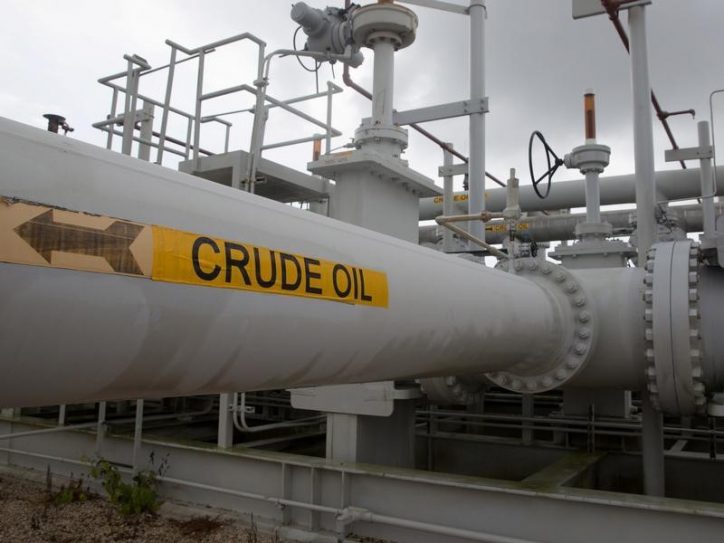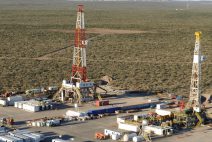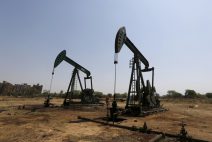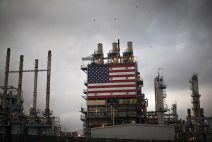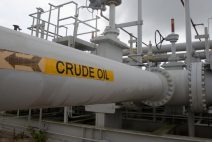Major oil companies are focusing on new fields that can be profitable even if prices fall to around $30 per barrel, leveraging a third consecutive year of demand growth to adjust their portfolios amid uncertainty about the sector's future.
Investors have not returned to oil stocks despite solid earnings. Even the world's most profitable oil producer, Saudi Aramco, has joined the race to cut costs.
The shift to fields with more favorable breakeven points comes after deeper and more frequent cycles in the past decade, and also reflects executives' belief that high prices may not last.
"After three major oil price collapses in 15 years, it is generally accepted that another one is likely," said Alex Beeker, corporate research director at energy consultancy Wood Mackenzie.
Uncertainty and investor demand for profitability explain why executives are focusing on acquiring low-cost crude production and flexibility to adjust output in response to price fluctuations.
Exxon Mobil and Chevron spent more last year on paying shareholders than on new projects, signaling the sector's desire to regain investor favor.
According to S&P Global, as of January 30, the energy sector represented only 4.4% of the total weighting of the S&P 500 index of leading publicly traded US companies, compared to nearly three times as much a decade ago.
